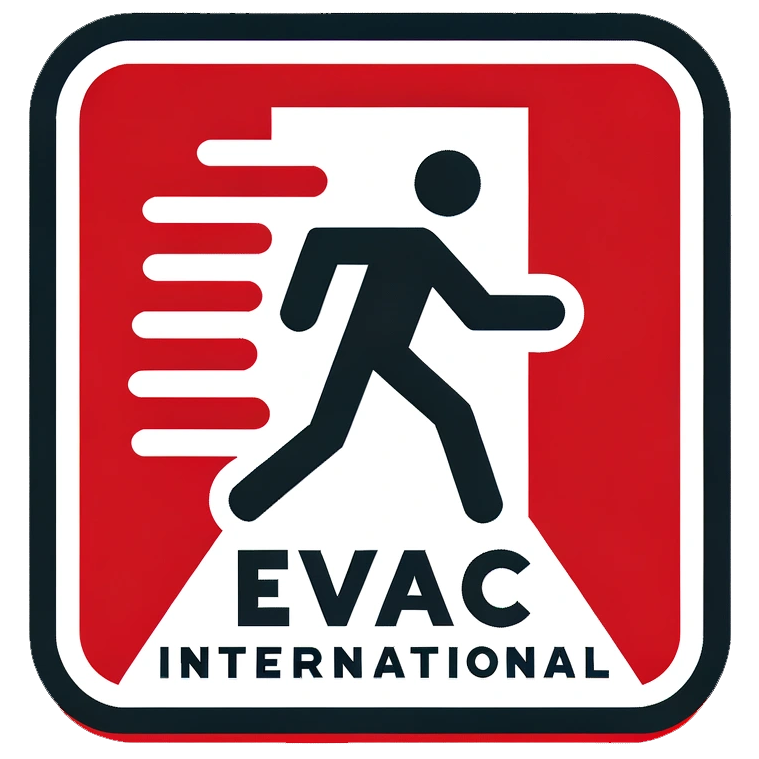As a fire safety and evacuation expert, I am firm in my belief that companies and public buildings must have evacuation chairs in place to protect the public. In the event of an emergency, such as a fire or earthquake, every second counts, and having evacuation chairs readily available can mean the difference between life and death for individuals who have mobility challenges. In this article, I will discuss the importance of evacuation chairs, their benefits, and the steps that companies and public buildings can take to ensure the safety and well-being of all individuals in the event of an evacuation.
First and foremost, it is essential to recognize that not all individuals have the ability to evacuate a building quickly and safely on their own. This is especially true for people with mobility impairments, such as those who use wheelchairs or have difficulty walking. In an emergency situation, these individuals may find themselves unable to navigate stairs or other obstacles, putting themselves and others at risk. This is where evacuation chairs come into play.
Evacuation chairs are specially designed to assist individuals with mobility challenges in safely and quickly evacuating a building during an emergency. These chairs are designed to be lightweight, portable, and easy to use, allowing trained personnel to quickly and efficiently move individuals to safety. In addition, evacuation chairs are equipped with features such as brakes, straps, and sturdy frames to ensure the safety and comfort of the user during the evacuation process.
There are several benefits to having evacuation chairs in place in companies and public buildings. Firstly, they provide a means of egress for individuals who may otherwise be unable to evacuate in a timely manner. This not only protects the individuals themselves but also allows emergency responders to focus their efforts on other tasks, such as extinguishing fires or providing medical aid. Additionally, having evacuation chairs in place can help to ensure compliance with disability access regulations and standards, demonstrating a commitment to inclusivity and safety for all individuals.
In order to ensure the safety and well-being of all individuals in the event of an evacuation, it is essential for companies and public buildings to take proactive steps to implement evacuation chairs as part of their emergency preparedness plans. This may include conducting a thorough assessment of the building to identify areas where evacuation chairs may be needed, training staff on the proper use of evacuation chairs, and establishing protocols for the maintenance and inspection of evacuation equipment. Additionally, it is important to communicate the availability of evacuation chairs to building occupants and visitors, as well as to individuals with mobility challenges, so that everyone is aware of the resources available to them in the event of an emergency.
Furthermore, it is important for companies and public buildings to consider the potential cost of not having evacuation chairs in place. In the event of a fire or other emergency, the consequences of not being adequately prepared can be severe, both in terms of potential injuries and loss of life, as well as legal and financial repercussions. By investing in evacuation chairs and implementing comprehensive emergency preparedness plans, companies and public buildings can demonstrate a commitment to the safety and well-being of all individuals, while also potentially avoiding costly liabilities.
In conclusion, as a fire safety and evacuation expert, I cannot stress enough the importance of having evacuation chairs in place in companies and public buildings. These chairs play a critical role in ensuring the safety and well-being of individuals with mobility challenges in the event of an emergency, and can ultimately save lives. By proactively implementing evacuation chairs as part of comprehensive emergency preparedness plans, companies and public buildings can demonstrate a commitment to inclusivity, safety, and compliance with disability access regulations. I urge all organizations to prioritize the implementation of evacuation chairs and to take the necessary steps to protect the public in the event of an evacuation.

